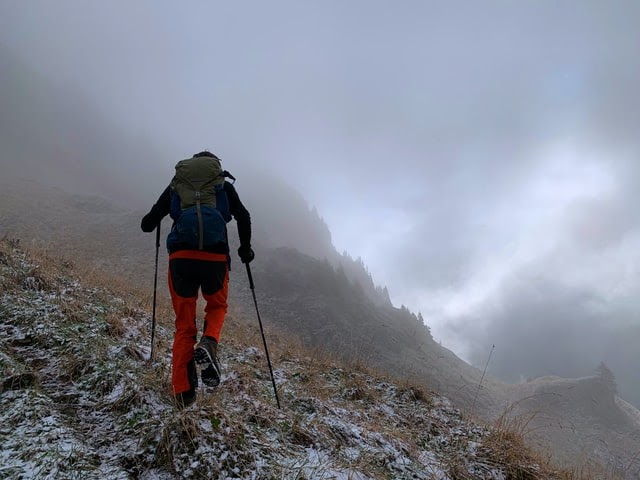
The big difference between walking and hiking poles, also called trekking poles, is in the environment in which they are used. Walking poles and best hiking poles for travel are most often used in urban environments and lighter nature while hiking poles and trekking poles, as the name suggests, are better suited for hiking in more difficult terrain. And the more you go the more you learn about your own preferences and maybe you then realize that you need to have several sets of rods that are based on uses.
Why use walking sticks, trekking poles and hiking poles?
The Poles help you get a better weight distribution and balance when you are out and about, and this applies regardless of whether you carry a backpack or not. You also reduce the load on the lower back, calf muscles, keens, hips and ankles, while you get better cooperation between arms and legs on uphill slopes. In addition, you get a more anatomical posture and you reduce the load on your knees on downhill slopes.
What length should I have on my poles?
The rule of thumb is that the bar length should be about 70% of your total body length or reach you to the elbows when the arms hang down along the outside of the body. If your height is shorter than 140cm you can choose a pole is of 90-100cm in height, if your height is between 140 to 160 then preferred to choose the best hiking pole for travel between 100-120 in height or if your height is between 170 to 200 then go for have hight between 120 to 140.
How do I use my walking sticks?
You should have your arms at a 90 degree angle when you hold the handles and you should walk normally with lowered shoulders while you take in with your arms. If you are going to run with the poles uphill or looking for best hiking pole for seniors, you should adjust your poles one size while it can be an advantage to adjust them one size when you are with or without a backpack for better support.
If I walk in terrain, what should I think about then?
If you are going obliquely uphill in terrain, you should extend the pole. If you go steeply upwards you should shorten the rods, while if you go steeply downwards you should lengthen the rods.
Fixed length of the rods vs. telescopic poles?
The telescopic poles are a little heavier but usually easier to attach a backpack. Fixed length of the trekking pole for travel is often a little stiffer and is best suited as training poles in up to hilly terrain. The telescopic poles are preferable if you are hiking in forests, mountains and other hilly terrains where you benefit from being able to adjust the length of the poles.
Should I have cushioning on my training rods?
If you are going to walk a lot on hard surfaces, it can be a good idea to have cushioning on your poles. So think about which surface you will walk the most and let it guide you.
Steel tag and snowshoes?
Steel tag is good to have on all surfaces except stone and asphalt where a rubber hat is preferable. Snowshoes are good to have to get support in mud, snow and other loose surfaces.
Hope this guide helps you find the rods that suit you and your needs. Happy walking!





